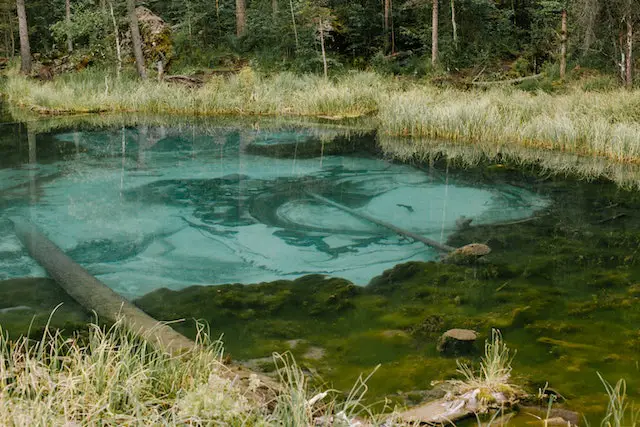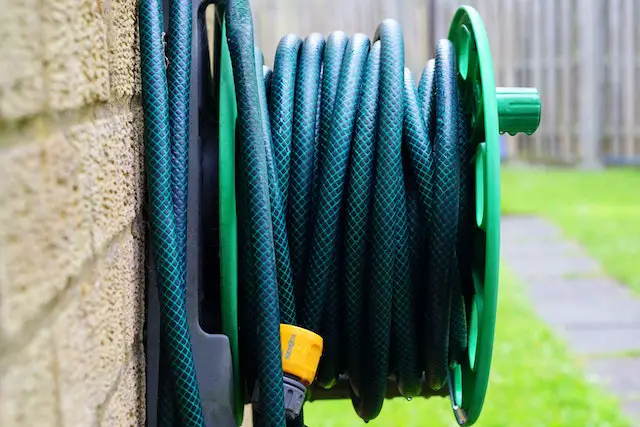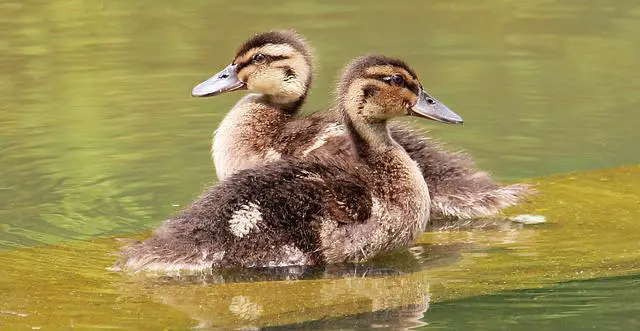Digging the bottom of your new pond can be laborious, but that is only half the struggle. The last and most thrilling step is filling your pond. You’ll undoubtedly be eager to add your new fish so they can swim around, just like other new pond owners. However, before you rush to fill your pond, it’s important to consider the various factors that will affect the overall health and well-being of your fish. Read on and know how to fill a pond with water!
A water feature may calm you down and keep your yard cool.
Although some ponds are undesirable, such as those in desert areas, where they evaporate exceptionally quickly and wastewater, have you decided to build a beautiful, natural pond in your backyard? Great! We applaud your elegant taste. But now is the time to add water to it. We are here to assist you with it right now!
To fill a pond correctly, you must do a few things. Fortunately, you can discover much more about how to fill a pond with water in this article.
How to Fill a Pond With Water

Yard ponds highlight your exquisite sense of house landscaping and bring life to your otherwise gloomy backyards. Because of their incredible grace and elegance, ponds, especially fish or koi ponds, are sure to be the envy of all your visitors. Ponds serve as a reminder of how serene and comforting life may be.
Yard ponds envelop you in their tranquility and let you forget all of your concerns. A pond on your property is a quiet refuge from reality and lowers stress and anxiety levels. But, of course, it goes without saying that creating the pond itself is the first step; the next is to fill it with water.
So without further ado, here is how to fill a pond with water.
1. Fill the Pond Using Rainwater
You can collect rainwater and add it to tiny ponds for an affordable fix to a low pond water level. Though adding a few rain barrels to a small pond can raise the water level, this plan won’t work as effectively for larger ponds.
This technique won’t work well if you live in a region with low rainfall, and your pond will be vulnerable to drying out quickly.
Consider the water source if you intend to gather rainwater and add it to your pond. Cleaning supplies or other chemicals may be present in runoff from a roof, which frequently damages plants or animals in your pond.
2. Fill the Pond Using Hose

A hosepipe is another way to add water to a pond.
Although more expensive than collecting rainwater, it is still somewhat inexpensive. Additionally, it is incredibly effective and efficient. Using a hosepipe has the drawback that it can be chlorinated, rendering it poisonous to the pond’s vegetation and animals.
As a result, it is essential to check the water’s pH before adding it to the pond. Water is acidic if the pH is lower than 7. Use dechlorinating agents, which will be discussed more in this article, to stabilize the pH level to correct the condition.
Water conditioners, which remove chlorine and other contaminants from the water, are another way to purify it.
3. Explore Natural Sources
A lake, river, stream, or other nearby pond are just a few examples of various natural sources from which you could add water. However, you must ensure a test kit to check the water quality before using any external water source.
Also, before you start trickling water through, it’s a good idea to study the various kinds of algae or chemicals that could endanger the plants and fish native to your pond.
The initial stage in the process is to identify your water source. Additionally, you need to know how to control it, treat it, and how frequently water needs to be added. For more information, stick to the instructions below.
Care for Your Pond After Filling It With water
In the steps to building a yard pond, the final step is filling the pond with water after digging it. However, that does not mean you are through with all your work. You still have to take care of your pond consistently. The following are simple ways to care for your pond:
1. Clean Pond Always
In garden ponds, dirt and debris build up and destroy the ecological balance by emitting harmful gases from decaying leaves, making them grave concerns. You can use a skimmer net to gather and remove leaves and other light material from the reservoir to maintain it clean.
The sludge needs to be eliminated as well. You can also utilize a pond vacuum to remove some dirt from the bottom, but you should leave some behind to encourage algae growth.
2. Keep the Pond Protected

Guard the pond against the elements, uninvited guests, and unwelcome animals. Put up a fence to separate the pond from the outer world.
Install predator defenses so the fish can hide if predators attack them. These include decoys, nets, and fish tunnels that spiral.
3. Add Beneficial Bacteria
This is a natural way to maintain the purity of a pond after it has been filled with water. However, fish and some plants cannot tolerate high ammonia levels. So to keep the amount of ammonia in the water as low as possible, beneficial bacteria break down fish waste.
The Nitrospira bacteria, which transforms ammonia into nitrite and ultimately nitrate, a non-toxic chemical, illustrates helpful bacteria.
How Do You Drain A Pond?
If you’re planning to maintain or renovate your pond, you’ll want to drain it. There are several ways to go about this, depending on the tools you want to use and the size of the pond. Here are some simple tips to guide you through the pond draining process.
- Find out if the laws in your locality support taking this action to prevent being charged or penalized.
- Choose a place where the water can freely flow—maybe a drainage ditch where it won’t cause the destruction of lives and properties.
- Get the equipment you’ll use ready, which includes a hose, containers, and a submersible pump. Ensure the containers and hose are clean and the submersible pump is working perfectly.
- If a submersible pump is not available or the water in the pond is not too much, use containers to scoop it out. If you want to use a submersible pump, ensure it reaches the lowest part of the pond. Then, connect a hose to the pump and allow its end to reach the location you want water to flow to.
- Switch on the submersible pump to let the pond drainage process begin.
- After the water is drained, clean the pond thoroughly and refill it with fresh water.
Summary
If you have a pond in your backyard, it is the party’s life. Ponds are lovely and help to reduce tension. Even though it may seem like a complex operation, filling a pond with water is rather doable and even enjoyable if you know what you’re doing! Therefore, using any of the methods mentioned earlier, let’s fill those ponds right away!
Frequently Asked Questions (FAQs)
Here are some of the most asked questions about how to fill a pond with water.
How Do I Fill in a Pond?
The ideal method for filling in a pond is to move any wildlife, drain the water using the pond’s water pump, clean up any leftover debris, remove the liner, and then use gravel and sand to ensure the land is stable and won’t sink. Finally, you can plant the space usually after filling in the pond.
Can I Fill Up My Pond With Tap Water?
Evaporation is normal and something to expect. However, if necessary, you can fill up an evaporated pond with tap water during dry times. If you’re merely using tap water for your pond, let it sit in a bucket at room temperature for at least a day to let the chlorine evaporate before adding it to your pond.
How Do I Empty My Pond?
The simplest method to drain a pond may be to use your pond pump; we recommend submersible pumps for easy draining. Place the out-take hose in your yard or where you want the water to be evacuated to start utilizing a submersible pump to empty a pond.
How Big Should My Pond Be?
The solution is up to you. Much depends on where you live, how much rain and sun you receive, how likely it is to flood, and how often you plan to use it. So in all, the ideal size depends on your personal preferences and financial situation.
Final Thoughts
We hope this information on how to fill a pond with water has been helpful if you plan to construct a pond or fill an existing one. Rainwater, boreholes, tap water, hose pipes, and water suppliers are just a few ways to get water into a pond.
The most effective technique differs from individual to person. For example, while some people can afford to buy water from water suppliers, others find it more convenient to use rainwater.
Whatever technique you choose, make sure the water in your pond is clean and secure for the purpose you intend for the pond.

Hey, I’m Lisa and I’ve been an avid gardener for over 30 years. I love writing, talking and living in the garden! Feel free to connect with me on my socials below

